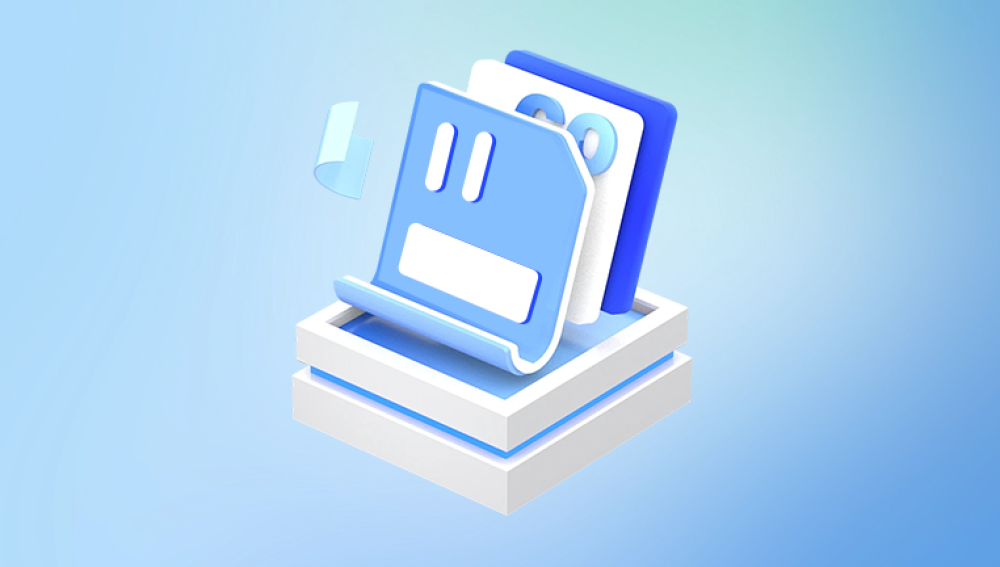Data loss from an SD card can be a distressing experience, especially when precious photos, videos, or important documents are at stake. Fortunately, various data recovery software options are available for Mac users to help retrieve lost data from SD cards.
Data Loss from SD Cards
Common Causes of Data Loss
Accidental Deletion: Files may be accidentally deleted while browsing through your SD card.
Corruption: SD cards can become corrupted due to improper ejection, file system errors, or physical damage.
Formatting: Formatting an SD card without backing up data can result in total data loss.
Virus or Malware Attacks: Malicious software can corrupt or delete files on your SD card.
Power Failures: Sudden power outages while transferring files can lead to incomplete data transfers and corruption.
Choosing the Right Data Recovery Software for Mac
When selecting data recovery software for your Mac, consider the following factors:
Compatibility: Ensure the software is compatible with your macOS version.
User-Friendly Interface: Look for software that offers an intuitive interface to simplify the recovery process.
Preview Option: A good recovery tool will allow you to preview recoverable files before final recovery.
Support for Various File Types: Make sure the software can recover the specific file types you need.
Success Rate: Research reviews and user feedback to find software known for high recovery success rates.
Pricing: Many software options have free trials, but ensure you understand the pricing model for full functionality.

Recommended Data Recovery Software for Mac
Drecov Data Recovery is a powerful tool designed to simplify the process of retrieving lost or deleted data from various storage devices, including SD cards, external hard drives, and USB drives. With an intuitive interface, users can easily navigate through its features, making data recovery accessible for both novice and experienced users. The software employs advanced algorithms to scan for recoverable files, ensuring a comprehensive recovery process.
One of the standout features of Drecov Data Recovery is its ability to recover a wide range of file types, from documents and images to videos and audio files. It supports multiple file systems, allowing users to retrieve data from formatted or corrupted drives seamlessly. The software also offers a preview function, enabling users to view recoverable files before completing the recovery, which ensures that only the necessary files are restored.
Additionally, Drecov Data Recovery prioritizes user safety by providing a read-only recovery process, preventing any further damage to the original data. Whether dealing with accidental deletion, system crashes, or device malfunctions, Drecov Data Recovery stands out as a reliable solution, making it an ultimate choice for anyone in need of effective data recovery. With its combination of efficiency, versatility, and user-friendliness, Drecov Data Recovery empowers users to regain control over their lost data with ease.
Step 1: Stop Using the SD Card
As soon as you realize that data has been lost, stop using the SD card immediately. Continued use can overwrite the deleted files, making recovery much more difficult.
Step 2: Download and Install Data Recovery Software
Choose the Software: Based on your needs, choose one of the recommended data recovery software options.
Download: Visit the official website of the chosen software and download the installation file.
Install: Follow the installation prompts to set up the software on your Mac.
Step 3: Connect Your SD Card
Insert the SD Card: Use an SD card reader to connect your SD card to your Mac. Ensure it is properly recognized by the system.
Check Finder: Open Finder to confirm that your SD card appears as a removable drive.
Step 4: Launch the Recovery Software
Open the Software: Launch the data recovery software you installed.
Select the SD Card: In the software interface, locate and select your SD card from the list of available drives.
Step 5: Start the Scanning Process
Choose Scan Type: Most software offers two scanning options: a quick scan and a deep scan. Start with a quick scan to see if the lost files can be found.
Begin Scanning: Click on the "Scan" button to initiate the process. This may take some time, depending on the size of the SD card and the extent of the data loss.
Step 6: Preview and Select Files for Recovery
Review Scanned Results: Once the scan is complete, the software will display a list of recoverable files.
Use Preview Feature: Utilize the preview feature to check the files you want to recover. This is particularly useful for images and documents.
Select Files: Mark the files you wish to recover. Ensure you select only the necessary files to avoid confusion later.
Step 7: Recover the Selected Files
Choose Recovery Location: When prompted, select a destination folder on your Mac where the recovered files will be saved. Important: Do not save the files back onto the SD card, as this may lead to overwriting.
Recover Files: Click the "Recover" button to begin the recovery process. Depending on the size of the files, this may take some time.
Step 8: Verify Recovered Files
Check the Destination: Navigate to the folder where you saved the recovered files.
Open and Verify: Open the files to ensure they are intact and not corrupted.
Step 9: Format the SD Card (Optional)
If your SD card is corrupted or frequently encounters issues, consider formatting it after recovery to restore its functionality.
Backup Data: Ensure all important files are recovered.
Format the Card:
Open Disk Utility on your Mac.
Select the SD card from the list.
Click on the "Erase" tab, choose the desired format (usually FAT32 or exFAT), and confirm the action.
Best Practices to Prevent Future Data Loss
Regular Backups: Always maintain backups of important files on your SD card to avoid future loss.
Safely Eject: Always use the "Eject" option before removing the SD card from your Mac to prevent corruption.
Use Quality SD Cards: Invest in reliable SD cards from reputable brands to minimize the risk of corruption.
Keep Software Updated: Regularly update your data recovery software to benefit from the latest features and improvements.
Run Disk Utility: Occasionally check the health of your SD card using Disk Utility and repair any errors that may arise.
Recovering lost data from an SD card on a Mac is a feasible task with the right data recovery software. By understanding the causes of data loss, selecting appropriate software, and following the recovery steps outlined in this guide, you can effectively retrieve your important files. Remember to implement best practices to safeguard your data and avoid future losses.




